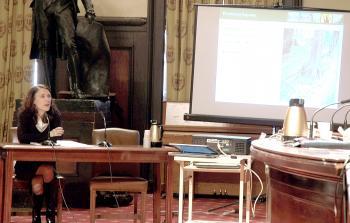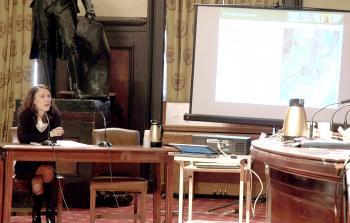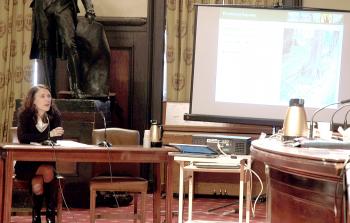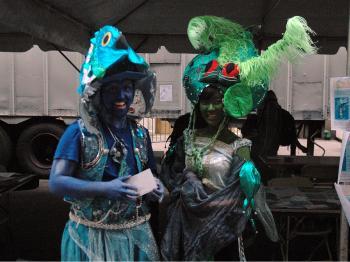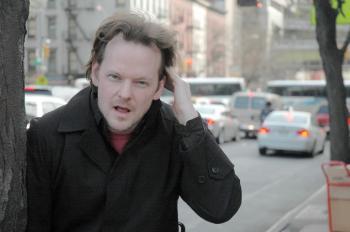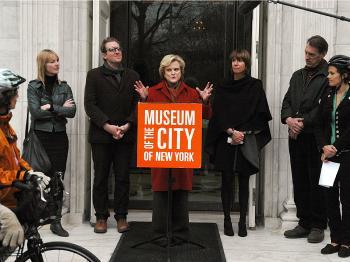NEW YORK—Fiona Watt, New York City Assistant Commissioner for Forestry and Horticulture, presented testimony to City Council on Tuesday explaining the importance of Trees and Sidewalks, a pilot program that started in 2005.
Trees and Sidewalks is a program in which homeowners can apply for free sidewalk repair. Mayor Bloomberg allocated $2.1 million to the program, Council Member Felder of Brooklyn $500,000, and Council Member Oddo from Staten Island $250,000 for the fiscal year of 2009.
“Trees are not made to grow in a hard environment and be surrounded by concrete” said Watt, the roots grow and seek oxygen, water, and nutrients which are usually found underneath sidewalks.”
A few years ago, City Council changed the law that previously made the City liable if someone was injured as a result of damage on any of the 12,000 miles of New York City sidewalks. Now, if somebody is injured, the owner of the adjoining property is held liable which gives them incentive to keep the sidewalk in good repair.
Some New York homeowners have received a summons to pay fines for trees that have caused the sidewalks in front of their homes to crack and rise. In many cases they had nothing to do with the planting of the tree and feel that they are not responsible for its maintenance. Many simply can’t afford to have the necessary maintenance performed.
“Trees are the workhorses of the environment, contributing to cleaner air and water, cooling the atmosphere, reducing energy use and carbon production and providing homes for wildlife,” said Watt.
“They also define the character of a community, connect people to nature and add tangible value to property.”
The quickest way to fix a tree-damaged sidewalk involves cutting roots, but this can lead to tree disease. This is counterproductive because New York is spending money to plant trees, 173,229 so far. In addition, older, larger trees filter more pollutants, provide more shade, and protect houses from high temperatures in the summer.
The first step to initiate the application process for city funds for sidewalk repair is for homeowners to call 311 to arrange an inspection, which will be scheduled in the order of calls received.
A 1-100 scale is used by the Department of Parks and Recreation to rate the need for sidewalk repair.
During the inspection grades are given for how much pedestrian traffic the area has, the condition of the tree, the width of passable sidewalk before repairs, and how much sidewalk flagstones have been lifted. Sidewalks that rate between 60 and 100 receive repair priority.
There are multiple, tree-friendly ways to repair damaged sidewalks, including ramping, which is gradually raising the grade of the sidewalk to bridge tree roots. Sidewalks can be strengthened to correct the tendency to crack.
Sidewalks can also be made flexible by attaching flagstones to each other with steel rebar sheathed in plastic so if the flagstone is lifted, the rebar slips out of the plastic and causes a gentle slope instead of an abrupt drop. A sidewalk can also be curved out of the way of growing tree roots, or the amount of moisture under the sidewalk can be reduced so tree roots will grow in another direction.
